Albania Flag Meaning
A red field with a black two-headed eagle, one of Europe's oldest heraldic symbols representing Albanian independence, strength, and the legacy of medieval hero Skanderbeg.
- Continent
- Europe
- Adopted
- 1992
- Ratio
- 5:7
- Colors
- red, black
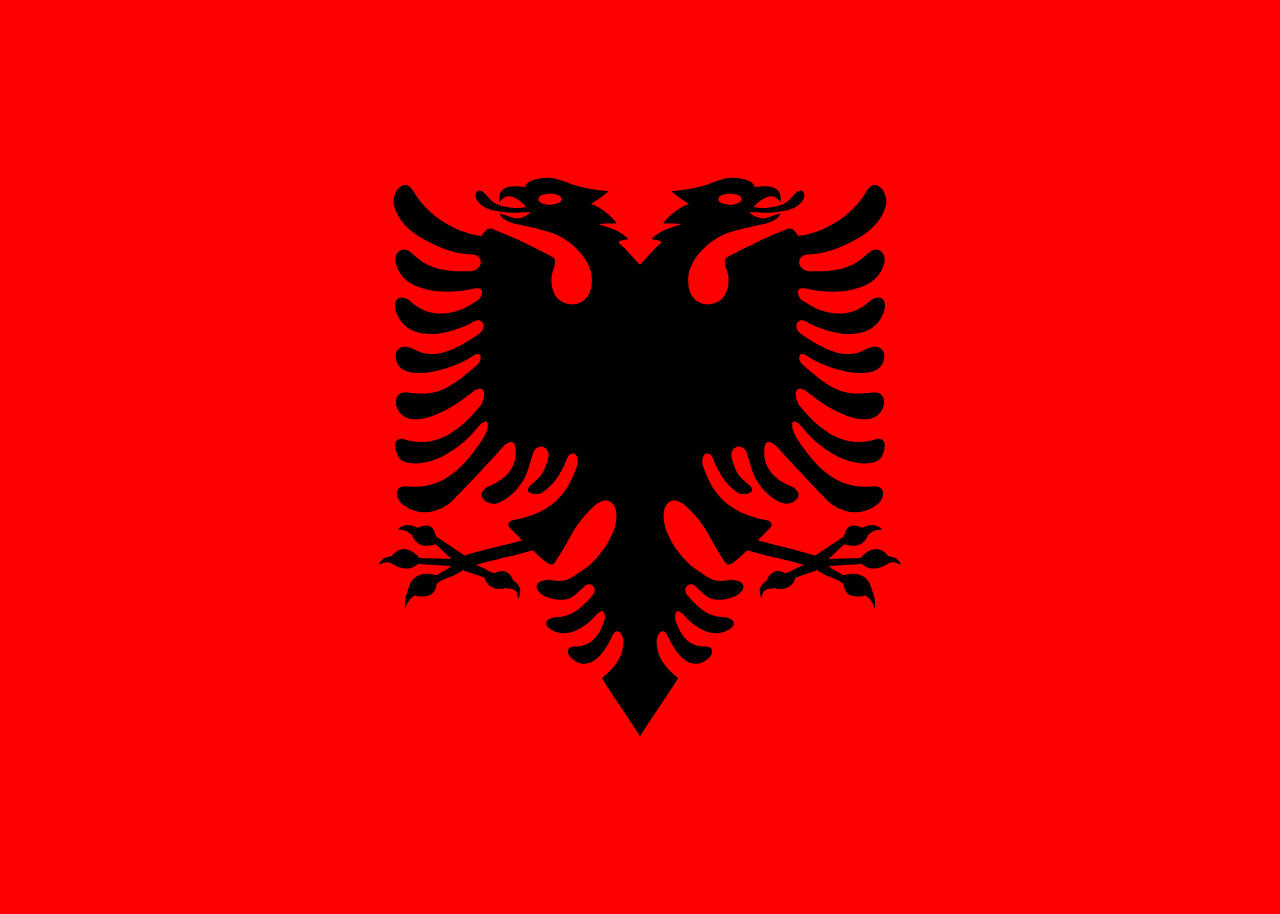
Symbolism
Black Double-Headed Eagle: Ancient symbol representing vigilance and sovereignty, with each head watching east and west to guard Albania's independence from all directions, tracing back to Byzantine and medieval Albanian heraldry.
Red Field: Symbolizes the blood shed by Albanian heroes fighting for independence and freedom throughout history, particularly honoring those who died defending the nation against foreign rule.
Skanderbeg Connection: The eagle honors Gjergj Kastrioti Skanderbeg, the 15th-century Albanian hero who used the double-headed eagle on his flag while resisting Ottoman expansion into Europe.
Byzantine Heritage: The double-headed eagle traces to the Byzantine Empire, reflecting Albania's historical position at the crossroads between East and West, Christianity and Islam.
National Resilience: The powerful eagle represents the Albanian people's determination to maintain their identity despite centuries of foreign occupation by Ottomans, Italians, and others.
History
- Byzantine Era: The double-headed eagle originated as a Byzantine imperial symbol, appearing in Albanian lands when they were part of the Byzantine Empire.
- 1443-1468: Skanderbeg used the double-headed eagle on red field as his personal standard while leading Albanian resistance against Ottoman expansion, establishing it as a symbol of Albanian independence.
- 1468-1912: During centuries of Ottoman rule, the eagle symbol persisted in Albanian folklore, literature, and secret independence movements, maintaining national consciousness.
- November 28, 1912: Albania declared independence from the Ottoman Empire, and Ismail Qemali raised the flag with the black double-headed eagle on red field in Vlorë.
- 1914-1920: Despite foreign occupations during World War I, Albanian resistance movements continued to use the eagle flag as a symbol of national sovereignty.
- 1946-1992: Communist Albania added a gold-edged red star above the eagle, representing communist ideology while maintaining the traditional Albanian symbol beneath.
- April 7, 1992: Post-communist Albania removed the communist star and restored the original flag design, symbolizing return to traditional Albanian values and European integration.
Trivia
- Albania's flag is one of only a few national flags featuring a double-headed eagle, sharing this distinction with Serbia and historically with the Byzantine Empire.
- The name 'Albania' comes from the ancient Greek 'Albanoi' and Latin 'Albani,' while Albanians call their country 'Shqipëria,' meaning 'Land of the Eagles.'
- Skanderbeg's original flag is preserved in Vienna's Museum of Military History, showing the historical continuity of Albanian national symbols.
- During the communist era (1946-1992), the flag included a red star with gold border above the eagle, making it one of the last European communist flags.
- The eagle appears on Albanian euro coins (despite Albania not being in the eurozone) and is featured prominently in Albanian national emblems and government symbols.
- Albanian communities worldwide, including large diaspora populations in Italy, Greece, and the United States, prominently display the flag during cultural celebrations.
- The flag's proportions (5:7 ratio) are relatively unusual among European flags, giving it a distinctive rectangular appearance when displayed.
- During World War II, both Italian fascists and German Nazis attempted to suppress the Albanian flag, but resistance movements continued using it underground.
- The double-headed eagle motif appears in Albanian folk art, traditional costumes, and architecture, making it deeply embedded in cultural identity beyond just the flag.
- Kosovo, with its majority Albanian population, includes eagle symbolism in its coat of arms, reflecting shared cultural heritage despite political separation.
- The flag appears prominently during Albanian Independence Day (November 28) and Flag Day (November 28), celebrated by Albanians worldwide.
- Traditional Albanian songs and epic poetry frequently reference the eagle, connecting the flag symbol to oral cultural traditions spanning centuries.
- The design influenced the flag of the short-lived Republic of Central Albania (1997) and appears in various Albanian political party symbols.
- Albanian mountain communities historically used eagle feathers and symbols in traditional dress, connecting the flag design to pre-Christian cultural practices.
- The flag protocol requires respectful handling, and desecration of the Albanian flag is considered a serious offense punishable under Albanian law.
Related Countries
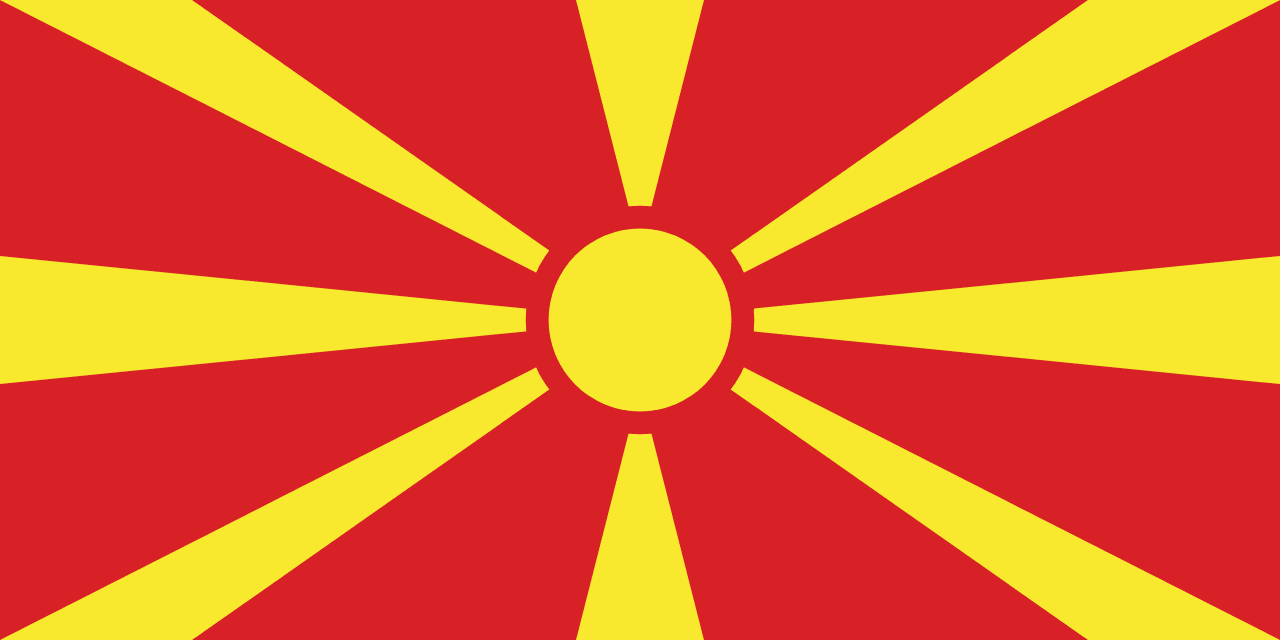
North Macedonia
Europe
A red field with a golden-yellow stylized sun with eight broad rays extending to the edges. Known as the 'Sun of Liberty,' it symbolizes freedom and the new nation’s identity.
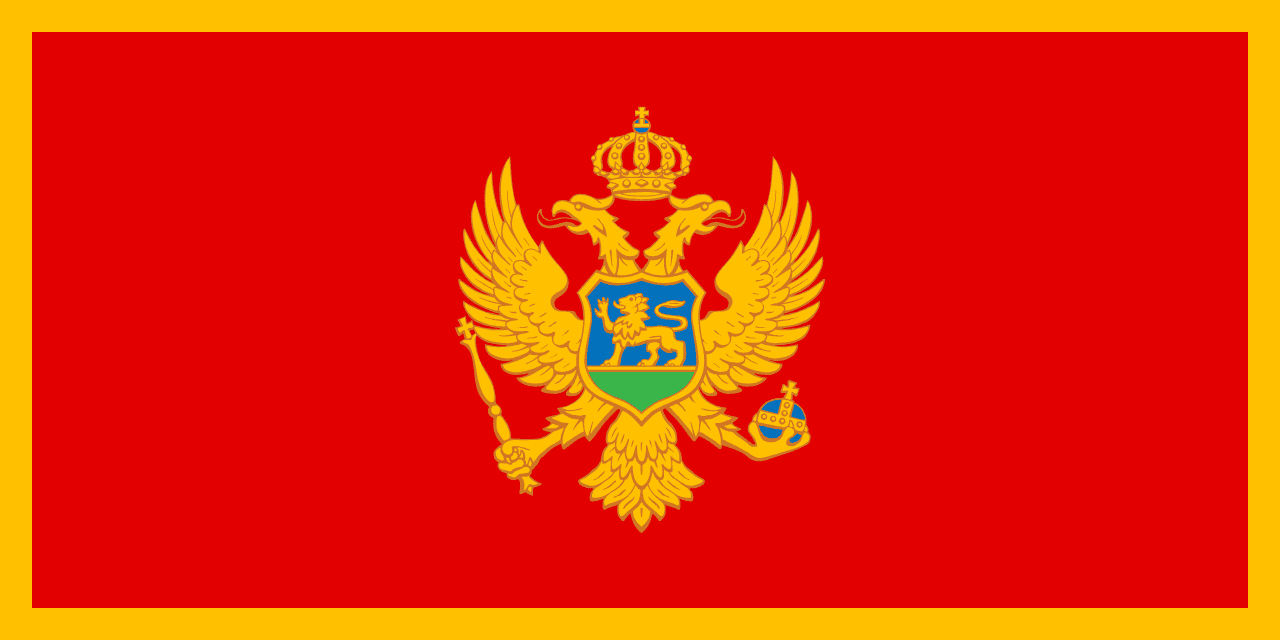
Montenegro
Europe
A red field with golden border and the coat of arms featuring a golden double-headed eagle, representing Montenegro's medieval heritage, Orthodox Christian identity, and recent independence from Serbia.

Greece
Europe
Nine horizontal stripes alternating blue and white with a blue canton containing a white Greek cross, representing the sea and sky, purity and struggle for independence, and the Greek Orthodox faith that unites the nation.
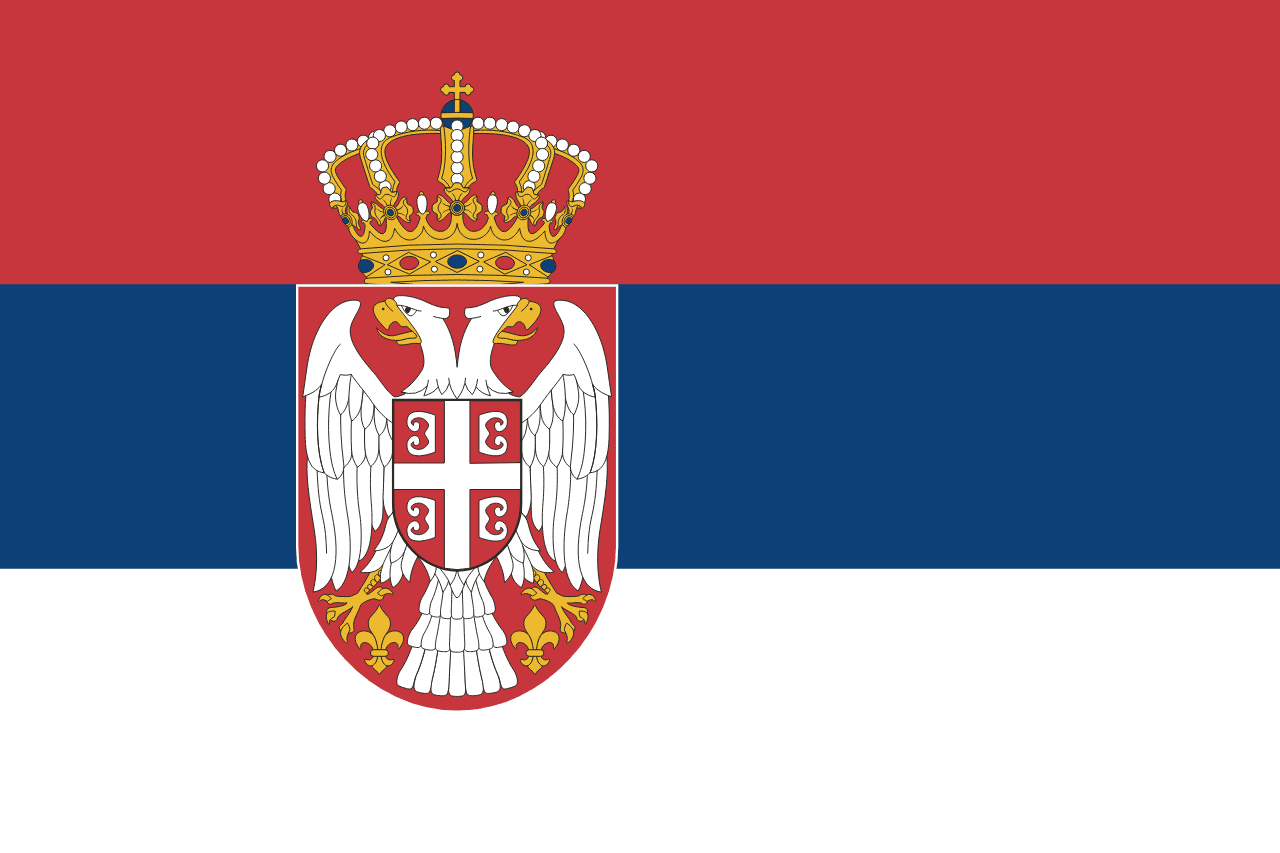
Serbia
Europe
A horizontal tricolor of red, blue, and white with the national coat of arms offset toward the hoist. The coat of arms features a double-headed white eagle, the Serbian cross, and a royal crown.
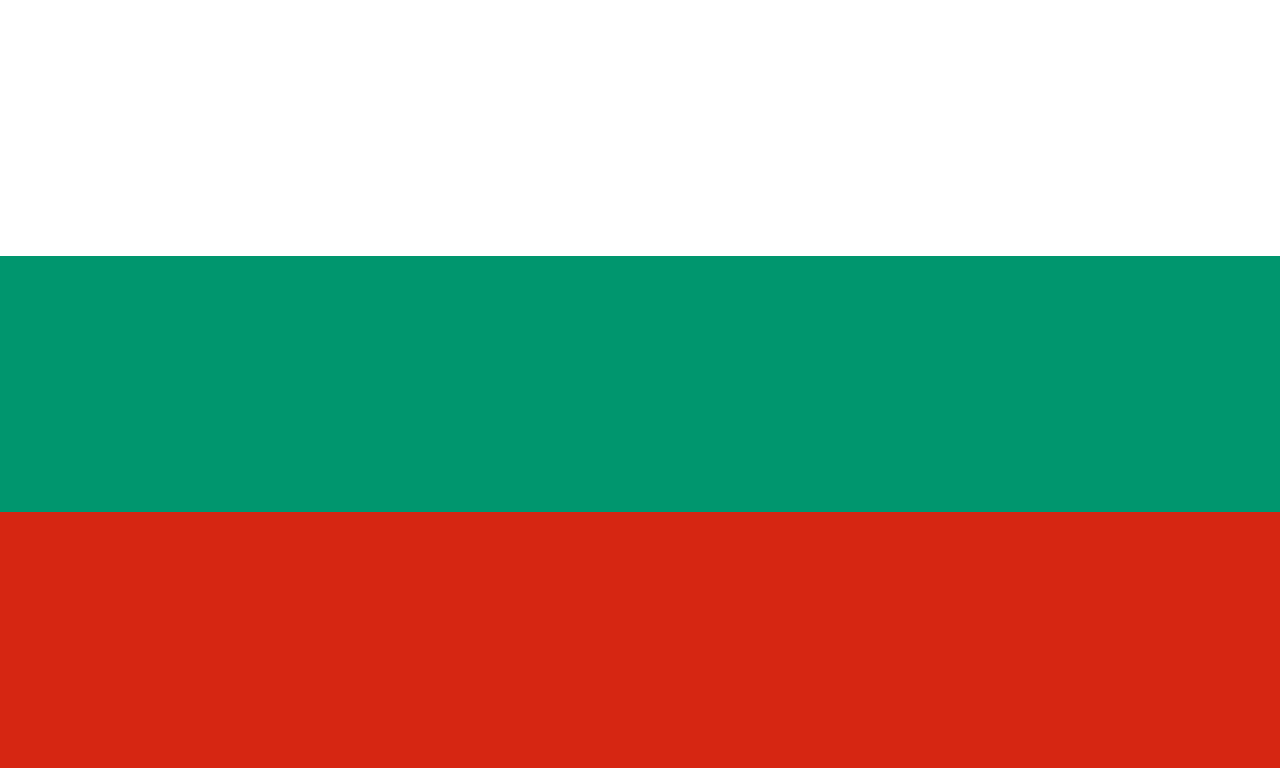
Bulgaria
Europe
Three horizontal stripes of white, green, and red representing peace and freedom, the agricultural wealth of the nation, and the courage and blood of Bulgarian patriots who fought for independence.
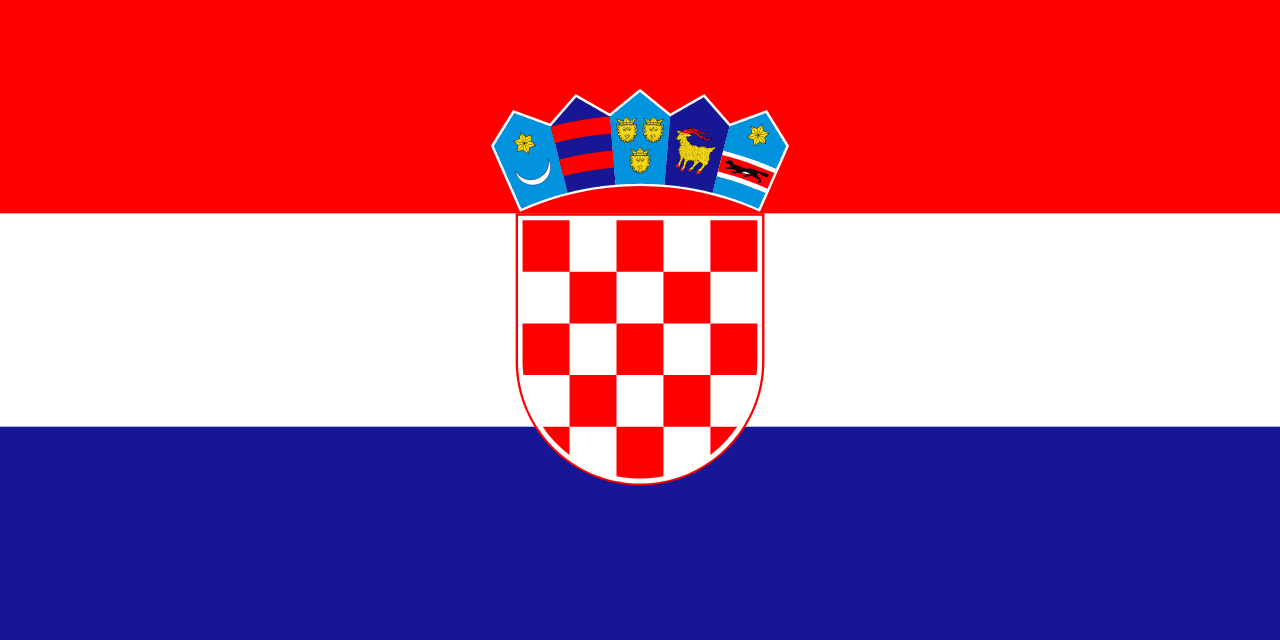
Croatia
Europe
Three horizontal stripes of red, white, and blue with the Croatian coat of arms centered on the white stripe, featuring the distinctive red and white checkerboard pattern and five historical shields representing the regions of Croatia.